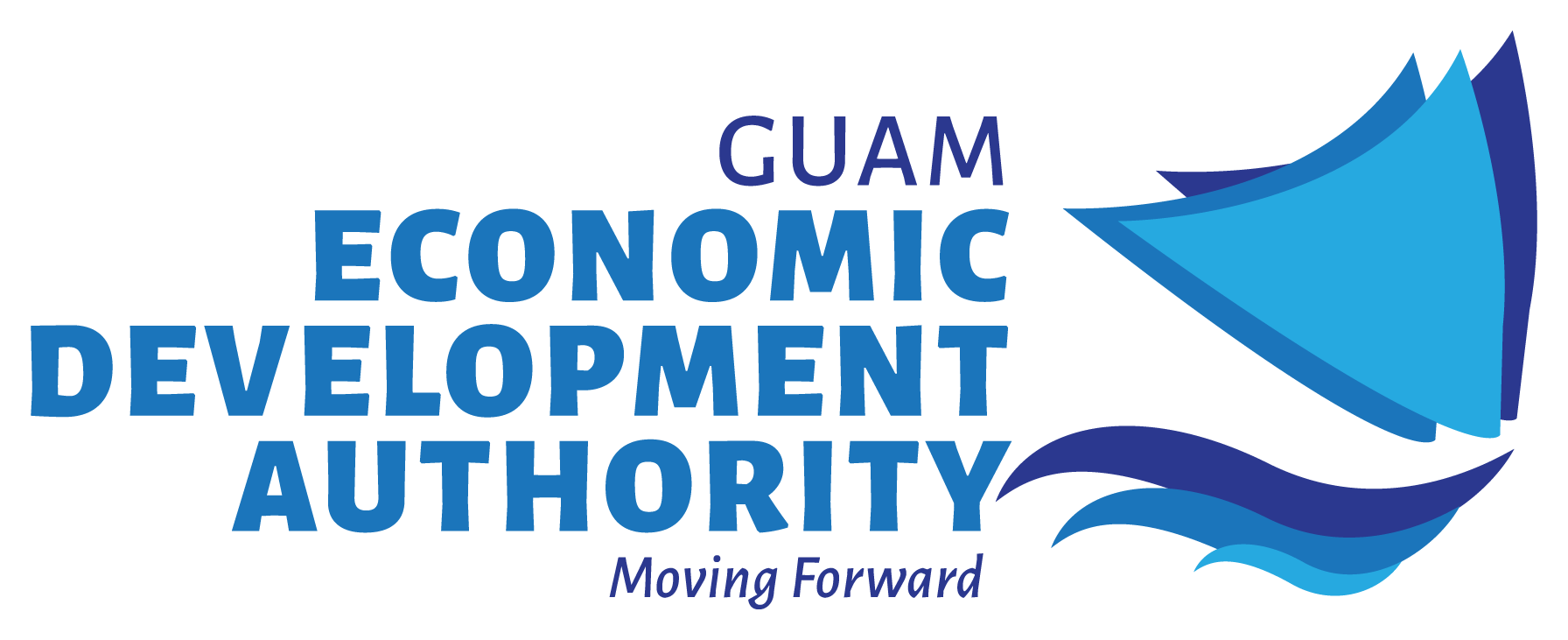
Economic Assets
TOURISM
Tourism represents a large source of income for Guam’s economy. Annual visitor arrivals rose to over 1,000,000 travelers for the first time in 1994 and, prior to the COVID-19 pandemic, had remained above that level since.
The Guam Visitors Bureau (GVB) is a nonprofit membership corporation that was created in 1984 with a mission to efficiently and effectively promote Guam as a safe and satisfying destination for visitors and to derive maximum benefits for the people of Guam.
GVB’s “Tourism 2020” plan is GVB’s strategic plan to help Guam move toward its potential as a first-tier, diversified resort destination of choice. It contains specific and measurable tasks with core objectives that are needed for Guam as a destination to thrive in a competitive global environment. Prior to the COVID-19 pandemic, GVB was working on its Tourism 2025 Strategic Plan and was gathering input from Guam’s community in evaluating the existing Tourism 2020 plan. Due to the COVID-19 pandemic, GVB will now be gathering community input to create a recovery and diversification plan.
FEDERAL & MILITARY BASE OPERATIONS
Substantial resources have been and will continue to be allocated to the operations of U.S. military bases on Guam. Annual appropriations provided in the National Defense Authorization Act (NDAA) serves as the financial platform on which base operations are funded to the benefit of the Guam economy.
Recent world events have increased recognition of Guam’s strategic military value and could result in increased military presence on Guam, bolstering the military’s contribution to the Guam economy.
Guam is positioned geographically to constitute an extended homeland defense perimeter, protecting the U.S. west coast and Hawaii from acts of aggression; and has the only substantial military facilities on U.S. soil in the Western Pacific Ocean.
Military bases on Guam can support forward deployment in Asia and allow rapid response to any threat to the stability of the Asian region or any threat to the U.S. originating in the Asian region.
TELECOMMUNICATION
Guam has built a robust and dynamic telecoms sector. The island is equipped with 3G, 4G and 5G broadband coverage and is considered to be the most technologically connected among the surrounding islands in the Pacific.
Guam’s telecom market remains competitive with three major companies providing fixed lines and mobile services to meet the needs of the Guam community. Mobile broadband has rapidly grown since the launch of the HSPA and LTE services. Several minor companies provide services to corporate customers. The U.S. Naval Computer and Telecommunications Station (NCTS) provides Guam with multispectral connectivity in NetOps and Information Assurance to Navy, Joint, and Coalition forces on Guam as well as the Western Pacific and Indian Oceans.
Redefining the telecoms sector is an unprecedented shift in the concept of a telecoms ecosystem. The United States has deployed its most anticipated mobile platforms known as 5G, next generation. This next generation of ultra-high speed connectivity would allow Guam’s telecommunications to become the hub for communication links in the region and throughout Asia. It would also shepherd in new markets and bridge the gaps in the medical field by providing telemedicine opportunities.
The potential to serve as a hub and communication gateway to Asia and the Western Pacific exists. In 1964, Guam initiated the Trans-Pacific cable system linking the island with Japan, Hawaii and the continental U.S. These cable systems now span across China, Australia, Philippines and Palau. Guam has diversified and advanced in telecommunications capabilities establishing it to be a communication gateway for Trans-Pacific telecommunications.
Guam Economic Development Authority
590 S. Marine Corps Dr.
ITC Building, Suite 511
Tamuning, GU 96913
Phone: 671-647-4332 • Fax: 671-649-4146
Monday – Friday, 8:00 am – 5:00 pm except Government Holidays

